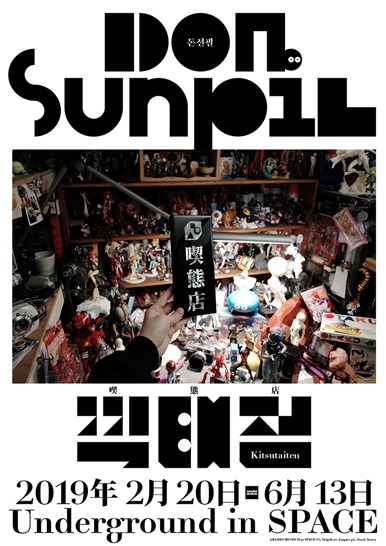
| Period| | 2019.02.20 - 2019.06.13 |
|---|---|
| Operating hours| | 10:00pm - 07:00pm |
| Space| | Arario Museum in Space/Seoul |
| Address| | 83, Yulgok-ro, Jongno-gu, Seoul, Republic of Korea |
| Closed| | Monday |
| Price| | 10,000 won for adults 6,000 won for teenagers 4,000 won for children |
| Phone| | 02-736-5700 |
| Web site| | 홈페이지 바로가기 |
| Artist| |
|
정보수정요청



|
|
Exhibition Information
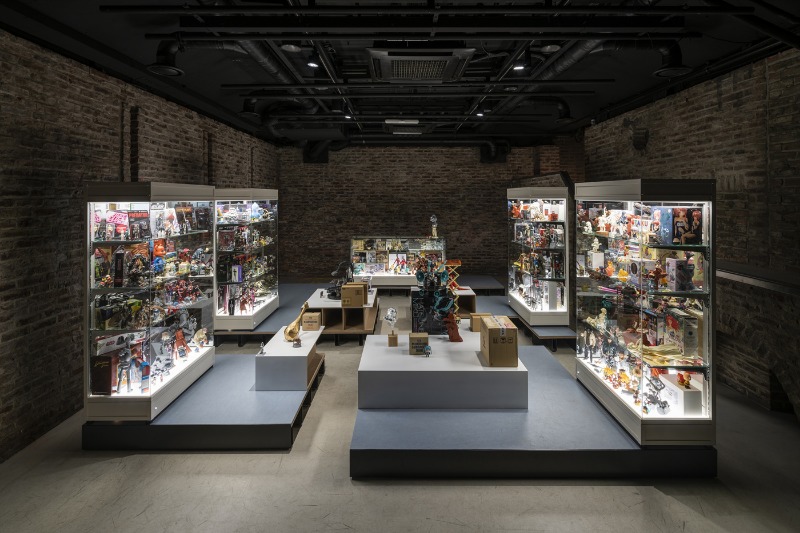
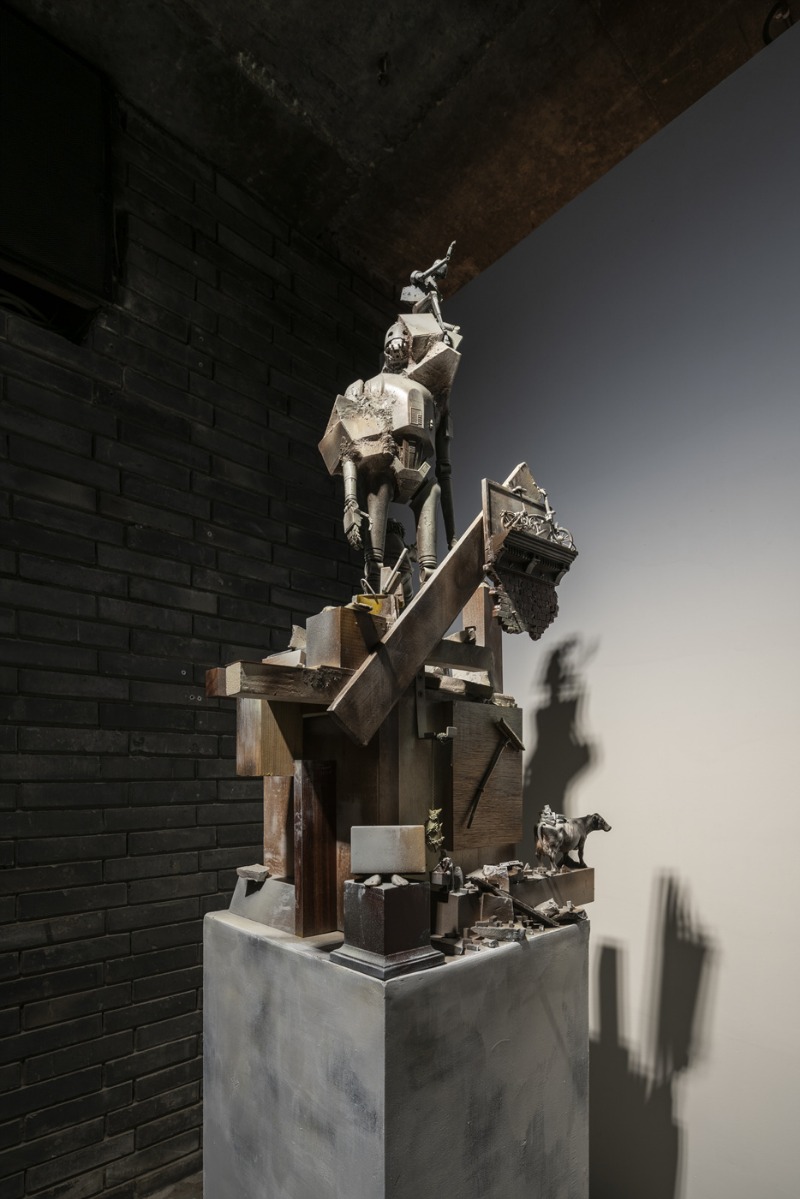
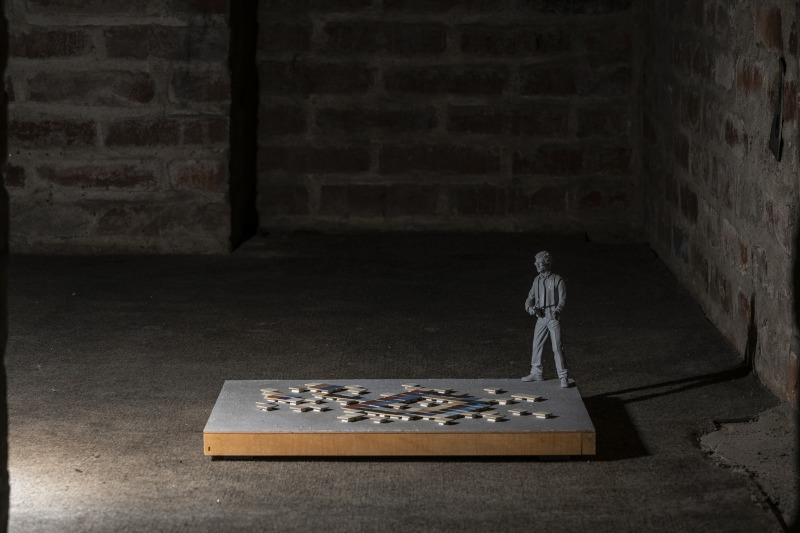
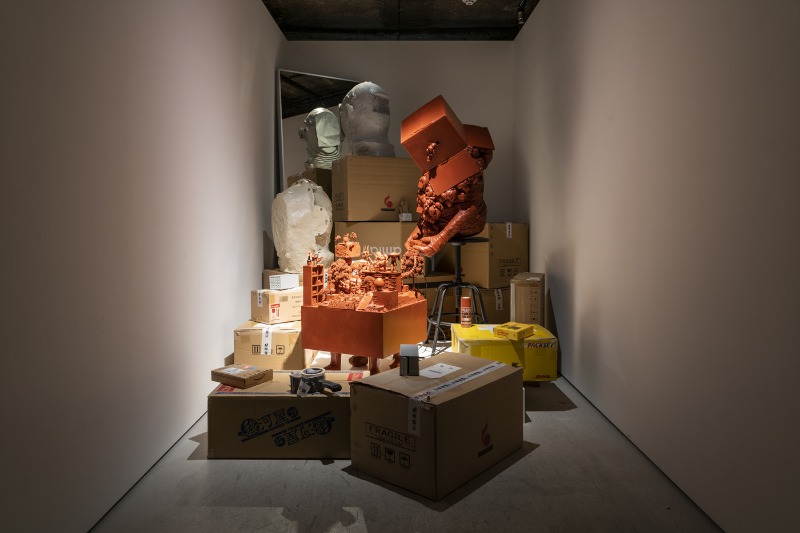
The Arario Museum in Space will hold Don Sun-pil's "Kitsutaiten" from Feb. 20, 2019 to June 13, 2019. Don Sun-pil's main interest is a figure that has reduced the characters of Readymade objects, especially cartoons, animations, and games, to sculpture. Figures are made with precise shaping techniques and high-value capital inputs, but they are unique objects that lack clear usage or purpose. The author looks into today's modern society through various analyses and approaches to the figures and the industrial environment surrounding it. The birth of a figure is like a common language that occurs when a number of people gather and look at the same purpose. That is why the author's behavior is more like research activities that interpret language through figures. The exhibition, which means "shop where you can savor forms," welcomes audiences with various objects and display cabinets chosen by the author. The fragmented 'smok spot' represents a different time, in a form that preserves our memories and time. The 'Piguar' that the author has come to expect is not just a miniature version, but a special state that describes the times. The exhibition is also a type of word that can be called a "smoking spot," which the author suggests to the audience in detail the section of the language used now is proposed to the audience in concrete form. ■ Arario Museum The "Smoktaejip," meaning "shop where you can savor the form," welcomes the audience like a piece of objects and display cabinets chosen by the author. fragmented A smoking spot is a form that keeps our memories and time, and each object represents a different time. Visitors walk through the shelves and experience various aspects of life in the form of a specific store. "Decoy" means a tool made to lure wild birds or wild animals into range in hunting. In view of the similarity between his work and the fake device, the author produced Decoy using the remaining by-products from the work process or from the display of other authors. The early work of Don Sun-pil is a Harry Potter figure that looks at the smiley face of the floor. You can get a glimpse of the author's interest in the form of text, the Readymade object, the scale, and the figures. The Debuging Station is a device that was provided by Sony for console game developers. In this context, the Debuging Station (6/1 scale) shows a front page of the author dealing with games, animations, and figures in the eyes of the developer rather than being a consumer. Sculptures depicting the writer's memories of childhood games focus on revealing the form rather than the surface by exposing the red-brown model primer without any extra coloring. As can be inferred from the magnification ratio written in the title, the figures are placed in the exhibition hall on an equal scale to the audience. <Next Back Door> is a preview of the next exhibition, with a set of figures used for head of figures and castings. The core of this work is "Face." The figure head functions as a kind of pedestal, and various objects are attached to the face part to replace the role of the face. The exhibition features crumpled paper sculptures with eyes, nose, and mouth. The important criterion for a human being to distinguish himself from his opponent is the face. Some people can check their distance from others through their faces or share their feelings with others in the way they look like themselves. The face is like a tool for measuring one's distance from another. The more realistic the character is portrayed as a figure in reality, the higher the barriers to entry and the viewer becomes the spectator.…The factual expression refers to exactly one person, but the more abstract the face is described, the more one can become...…The face of the Japanese cara is unique. Cara's face is empty, although it may be portrayed as a real face. Manga, the eyes of the animated Cara are like rich symbols...…Conversely, getting used to Cara's empty face gives the observer the freedom to project the face he wants to see." - Don Sun-pil, "Figur TEXT" (2016).
